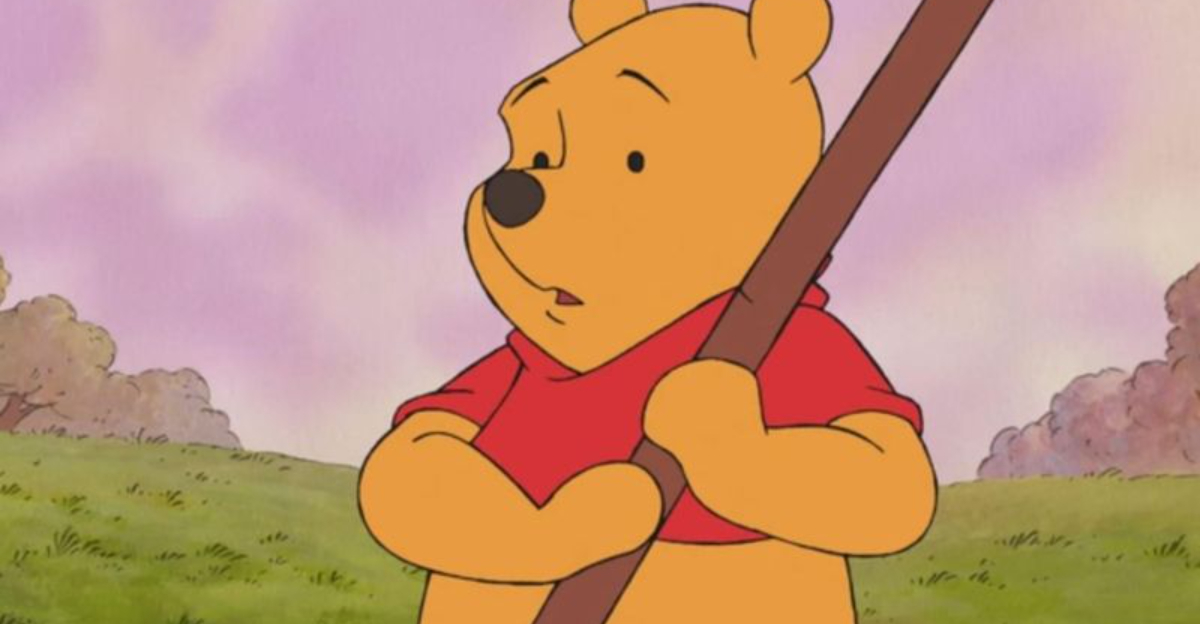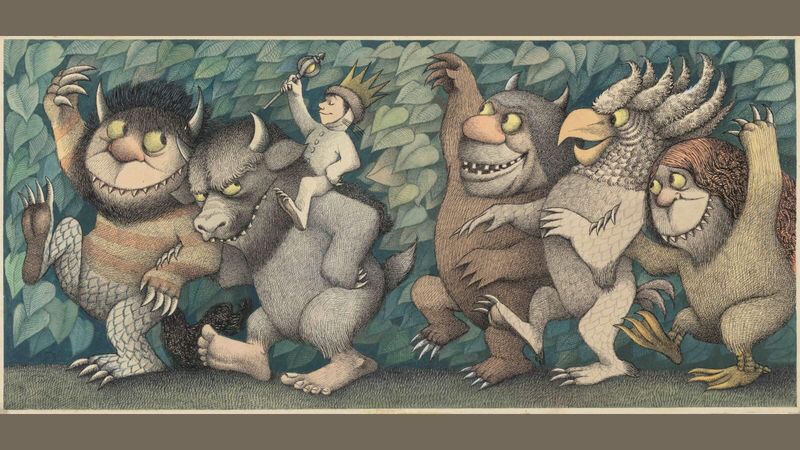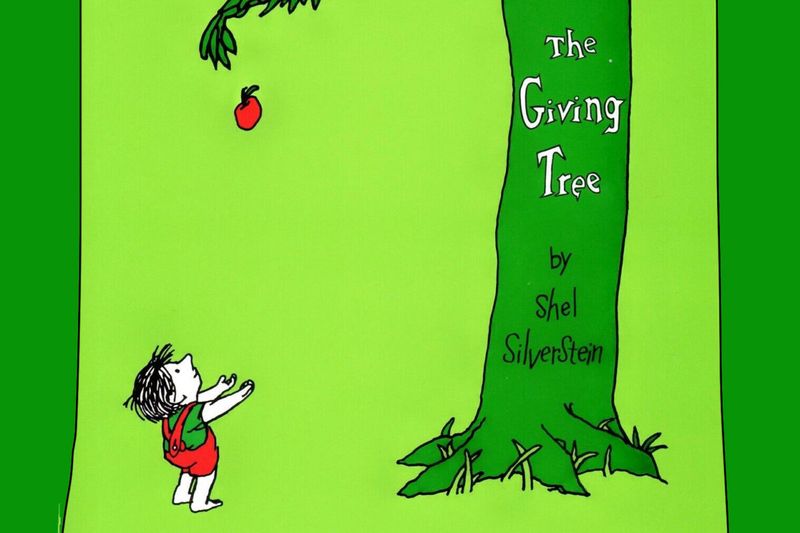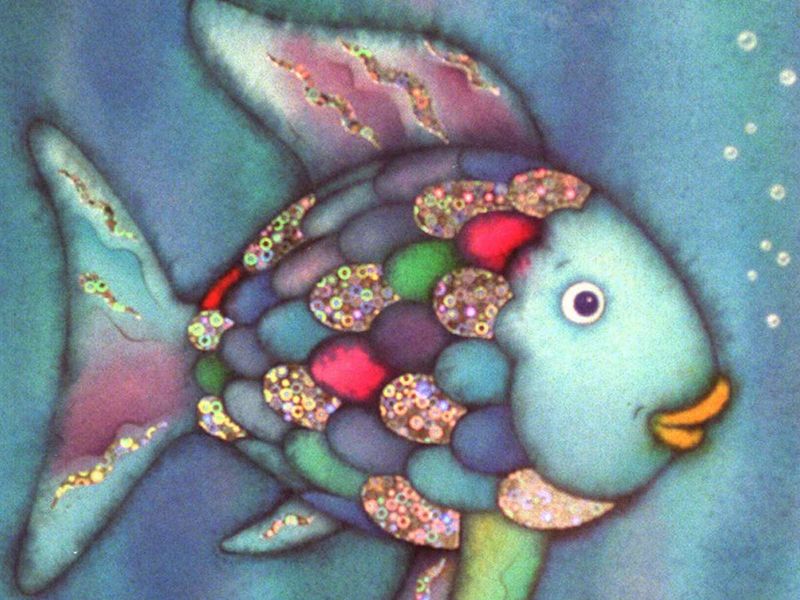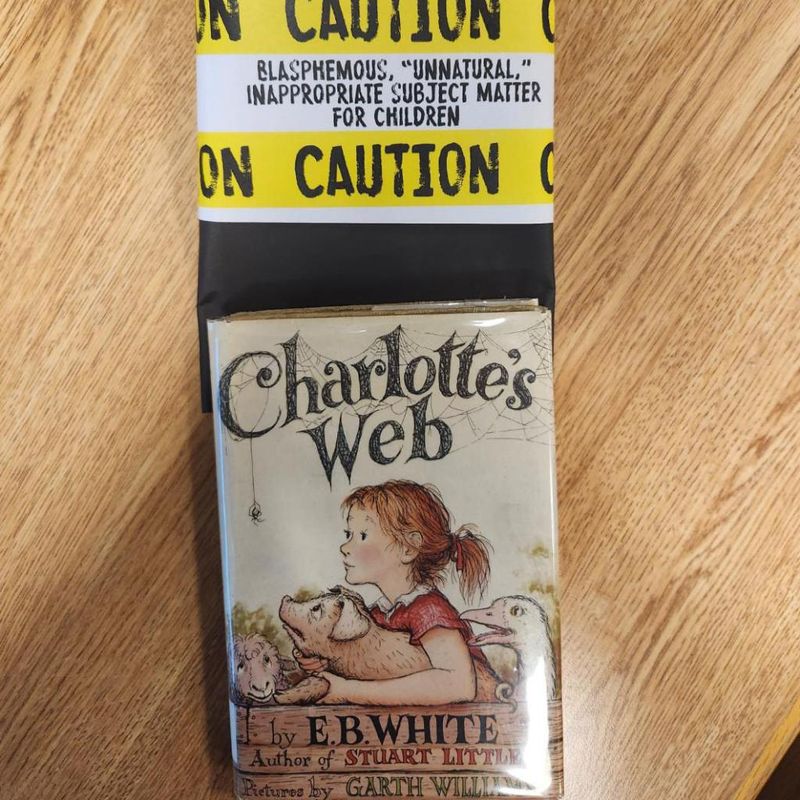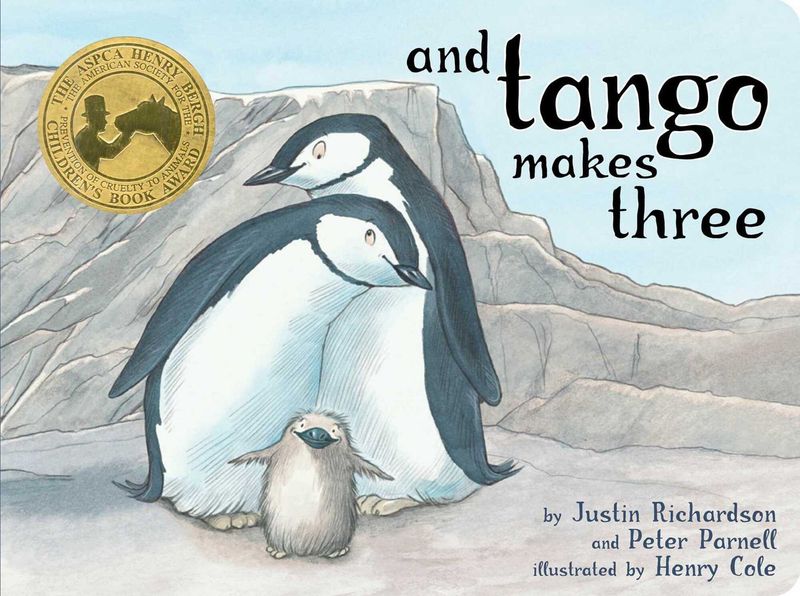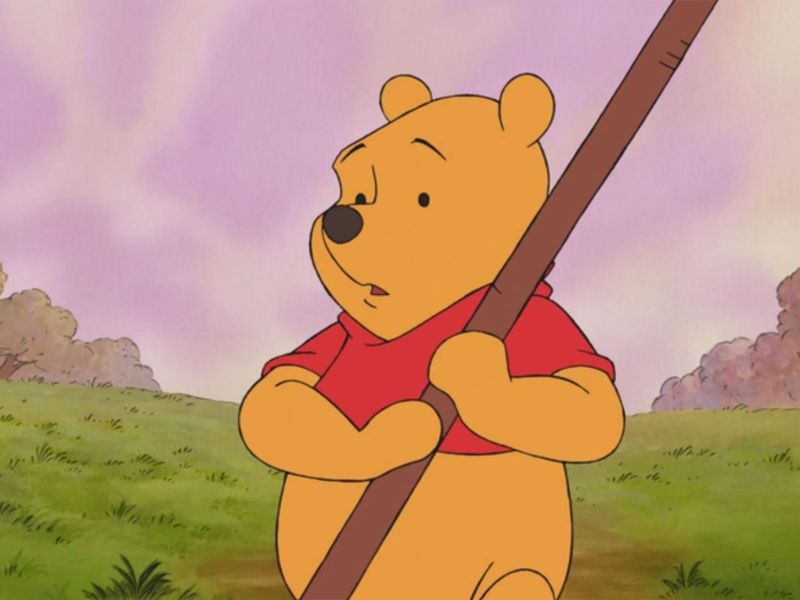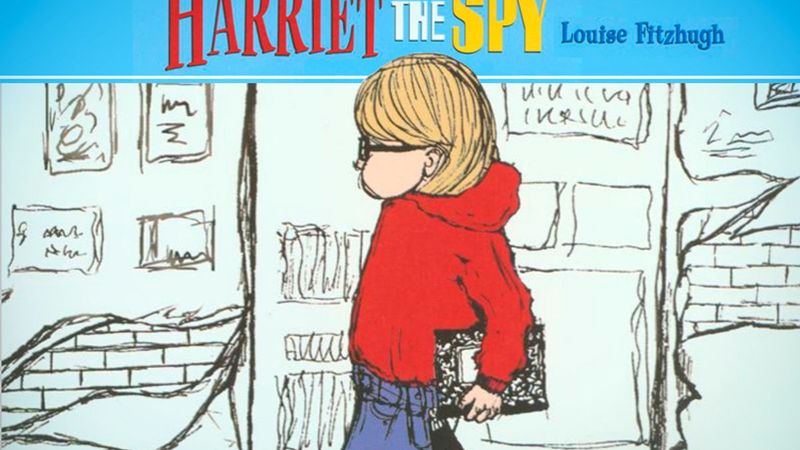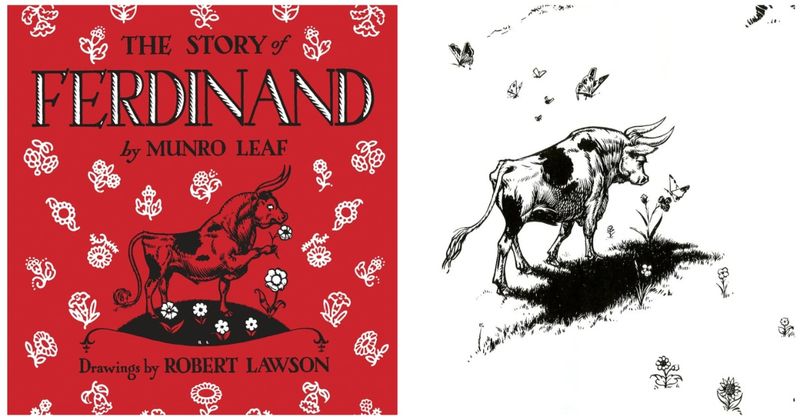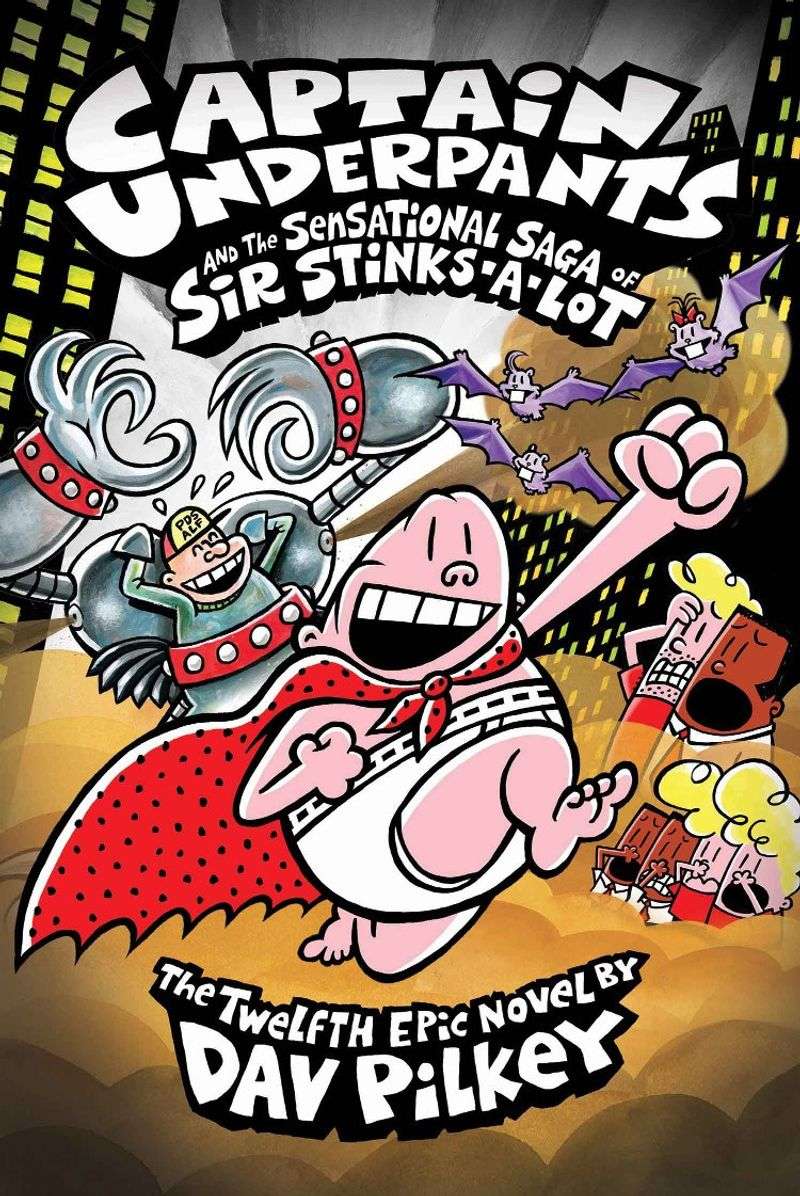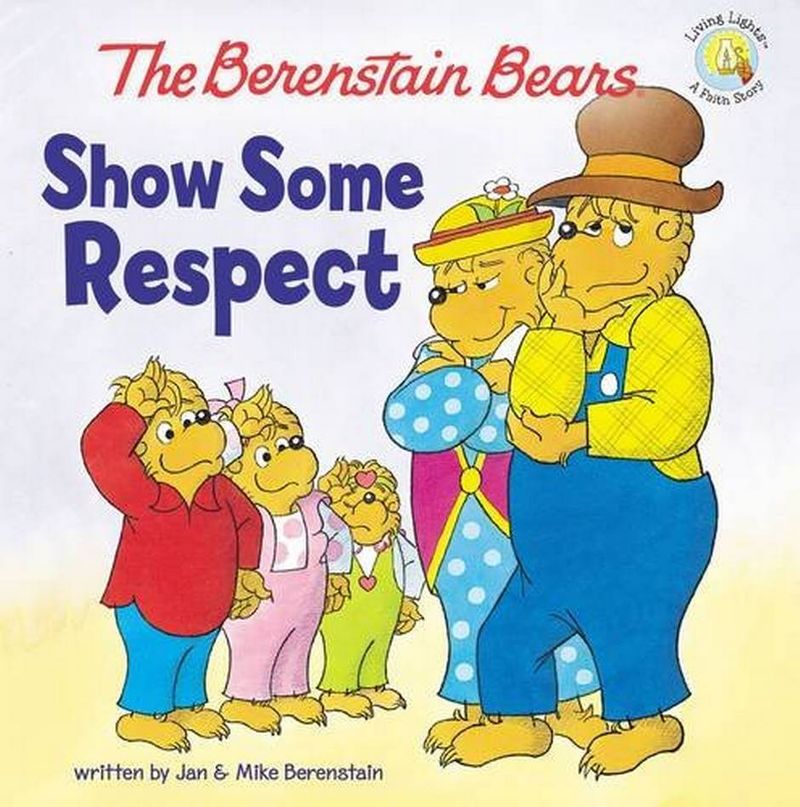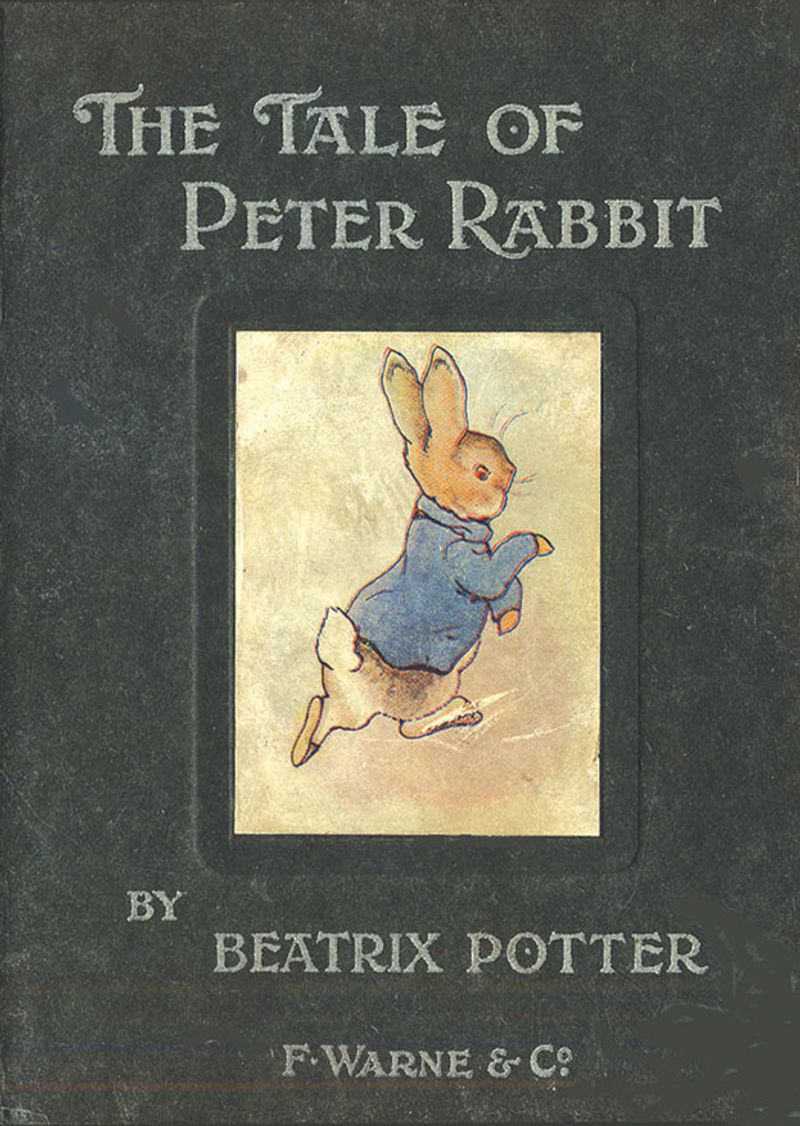They may seem like harmless bedtime stories or school reading staples—but some of the most beloved children’s books have sparked debates, bans, and even outrage. Whether for outdated language, hidden meanings, or surprising themes, these classics have stirred controversy over the years… even though they’re still loved by generations.
1. Where the Wild Things Are – Maurice Sendak
Some parents found the story’s emotional intensity and wild imagery too scary or psychologically disturbing for young children. The book, however, invites readers into a world where emotions run wild and fantasies come to life. Despite the controversy, its artistic illustrations and imaginative storyline have captured the hearts of many. In the story, a young boy named Max navigates his emotions and dreams, teaching children about the complexities of feelings. Its blend of fantasy and reality has continued to spark conversations among educators, parents, and literature enthusiasts alike.
2. The Giving Tree – Shel Silverstein
Critics argue that it sends a problematic message about self-sacrifice, codependency, and unhealthy relationships. Some readers see this as a tale of unconditional love, others find it troubling. The story revolves around a tree giving everything to a boy throughout his life. This narrative, while touching, raises questions about boundaries and self-worth in relationships. Many find its simplicity and depth profound, sparking discussions on how love and giving should be balanced. It’s a book that evokes strong emotional reactions, making it both celebrated and critiqued.
3. Green Eggs and Ham – Dr. Seuss
Banned in China during the 1960s for alleged political messaging, this Dr. Seuss classic has also faced scrutiny for outdated racial depictions. Despite these controversies, its playful rhyme and rhythm have delighted generations. The simple yet engaging story encourages trying new things and embracing the unknown. It’s a tale of persistence and persuasion, wrapped in Seuss’s signature style of quirky illustrations and imaginative narrative. Its legacy endures, sparking both joy and debate on its underlying messages and societal impact.
4. James and the Giant Peach – Roald Dahl
This book has been challenged for language, creepy scenes, and references to drugs, tobacco, and violence. Roald Dahl’s dark tone creates a fantastical adventure, overshadowed by these controversies. The story of an orphan and his insect friends aboard a giant peach captivates with its imaginative plot and daring escapades. While some find the subject matter troubling, others appreciate its bold creativity and underlying themes of friendship. Its vivid descriptions and unique characters make it a classic, despite the ongoing debates.
5. The Rainbow Fish – Marcus Pfister
Critics claimed it promotes conformity, suggesting children must give away what makes them special to be liked. This picture book is a visual delight, with its beautifully illustrated and shimmering scales. The Rainbow Fish tells the story of sharing and friendship, yet its message has divided readers. While some see it as a lesson in generosity, others view it as promoting peer pressure. Its captivating art and simple tale continue to engage young readers and spark conversations about individuality and belonging.
6. Charlotte’s Web – E.B. White
Some religious groups objected to animals talking, claiming it was unnatural or disrespectful to God’s creation. Despite this, Charlotte’s Web has become a beloved classic, cherished for its themes of friendship and loyalty. The tale of Wilbur, the pig, and Charlotte, the spider, is one of kindness and bravery. Its gentle narrative and enchanting characters make it a staple in children’s literature, inspiring empathy and understanding. The controversy has done little to diminish its widespread appeal and cherished status.
7. And Tango Makes Three – Justin Richardson & Peter Parnell
Based on a true story of two male penguins raising a chick together, this picture book has topped banned book lists for its LGBTQ+ themes. Its heartwarming tale challenges traditional family structures, offering a message of love and acceptance. While some praise its progressive portrayal of family, others find it contentious. The beautifully illustrated pages and gentle storytelling create a narrative that resonates with many, promoting inclusivity. It stands as a testament to the diverse forms family can take.
8. The Lorax – Dr. Seuss
Accused of being anti-industry and politically charged, especially in communities with logging ties, The Lorax speaks to environmental issues. Its vibrant illustrations and poetic text draw attention to the impact of industrialization. While some criticize it for perceived bias, others celebrate its advocacy for conservation. The Lorax’s message of stewardship and responsibility continues to inspire environmentalists. Its legacy endures, sparking both joy and debate on its underlying messages and societal impact.
9. Winnie-the-Pooh – A.A. Milne
Banned in some countries for various odd reasons, including talking animals and ‘inappropriate’ character behavior, Winnie-the-Pooh remains beloved. Its gentle humor and simple wisdom appeal to both children and adults. The adventures of Pooh, Piglet, and friends in the Hundred Acre Wood offer a nostalgic escape. Despite its controversies, its timeless tales of friendship and adventure endure. Each story is a gentle reminder of the value of imagination and the joy of simple pleasures.
10. Harriet the Spy – Louise Fitzhugh
Harriet’s sneaky habits and blunt honesty were seen as a bad influence, promoting disobedience and rudeness among children. The book, however, offers a unique perspective on childhood curiosity and introspection. Harriet’s adventures with her notebook provide an honest portrayal of growing up, encouraging readers to explore their world. While its approach may have sparked controversy, its depiction of a young girl’s journey to understanding herself is both engaging and enlightening.
11. The Story of Ferdinand – Munro Leaf
Viewed as pacifist propaganda during wartime, The Story of Ferdinand was banned in Franco’s Spain and burned in Nazi Germany. This tale of a gentle bull who prefers smelling flowers over fighting in bullfights challenges societal norms. Despite its turbulent history, Ferdinand’s story is one of individuality and peace. Its simple, charming illustrations and heartfelt message continue to resonate, making it a favorite across generations.
12. Matilda – Roald Dahl
Matilda stands up to cruel adults using pranks and telekinesis, which some felt encouraged bad behavior. However, it’s also a story of empowerment and resilience. Matilda’s journey from a misunderstood child to a confident young girl is inspiring. Dahl’s imaginative storytelling and quirky characters create an engaging narrative that challenges authority. Its whimsical tone and empowering themes have made it a timeless classic, cherished by readers young and old.
13. Captain Underpants – Dav Pilkey
Often banned for potty humor and disrespect for authority, Captain Underpants has also faced scrutiny for same-sex couple representation. Despite its controversies, the series is beloved for its humor and creativity. Pilkey’s playful illustrations and engaging stories encourage imagination and laughter. While some criticize its content, others appreciate its fun approach to storytelling. Its legacy endures, sparking both joy and debate among readers and educators.
14. A Light in the Attic – Shel Silverstein
Some poems in A Light in the Attic were considered too dark or rebellious, like encouraging kids not to take out the trash. Silverstein’s playful yet provocative poems push boundaries, sparking thought and laughter. His unique blend of humor and insight creates a tapestry of stories that resonate with readers. While some find the content contentious, others celebrate its creativity and depth. Its enduring appeal lies in Silverstein’s ability to capture the whimsy and complexity of life.
15. Little House on the Prairie – Laura Ingalls Wilder
Criticized for racist depictions of Native Americans and stereotypes, Little House on the Prairie nonetheless offers a glimpse into pioneer life. Its historical narratives and vivid descriptions transport readers to a bygone era. While its portrayal of certain characters has sparked debate, it remains a valuable piece of literature. Its tales of resilience and family continue to inspire, offering lessons on perseverance and adaptation.
16. The Berenstain Bears – Stan & Jan Berenstain
Some volumes have been challenged for promoting outdated gender roles, while others for including Christian themes after partnering with religious publishers. Despite this, the Berenstain Bears series offers relatable family stories that resonate with readers. Its charming illustrations and heartfelt messages continue to engage and entertain. While some criticize its themes, others find comfort in its portrayal of family and community values.
17. The Tale of Peter Rabbit – Beatrix Potter
Originally banned in some libraries for showing a child (or rabbit) disobeying parents, Peter Rabbit’s adventure is both daring and delightful. This classic tale of mischief and consequence has charmed readers for generations. Potter’s delicate illustrations and endearing characters create a gentle narrative filled with whimsy. While some found its portrayal of disobedience troubling, others see it as a charming reflection of childhood curiosity and adventure.
